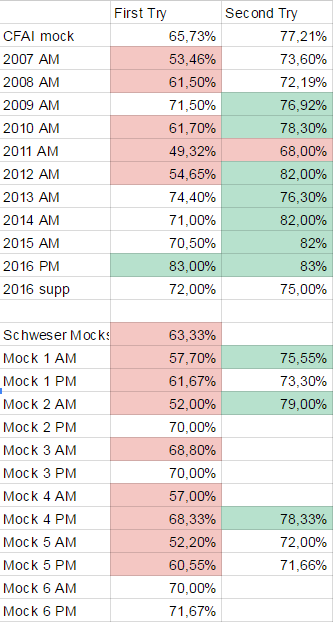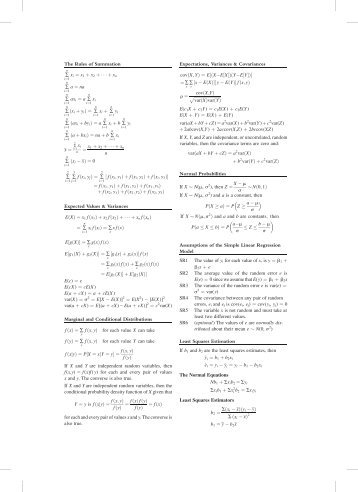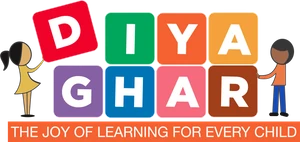Contents
At present, the total locked value in DeFi protocols is nearly $43 billion. “You can easily imagine a scenario where a traditional bank creates yield-farming opportunities for their clients to participate in,” he says. In this world, cryptocurrency becomes the de facto currency for transactions and records. At Bankrate we strive to help you make smarter financial decisions. While we adhere to stricteditorial integrity, this post may contain references to products from our partners. The offers that appear on this site are from companies that compensate us.

Blockchain-based prediction markets harness the wisdom of the crowd and enable users to vote and trade value on the outcome of events. Market prices then become crowdsourced indicators of the likelihood of an event. Augur, a popular DeFi betting platform, features prediction markets around election results, sports games, economic events, and more. Decentralized finance leverages key principles of the Ethereum blockchain to increase financial security and transparency, unlock liquidity and growth opportunities, and support an integrated and standardized economic system.
The Defiprime Post #120: Your Weekly DeFi News in Bite-Sized Fashion
The data used to decide on your claim is completely transparent. Pool-based where lenders provide funds to a pool that borrowers can borrow from. There are no custodians of assets that are readily available and known entities, e.g. banks. Decentralized finance, or DeFi, is poised to disrupt the finance industry. Non-fungible tokens enable users to own tokens that can be traded.
An example of a popular Fintech service would be Transferwise, an international payments service. Although Transferwise charges lower fees than most banks and currency exchange companies, it still uses bank accounts and other legacy financial infrastructure. Bitcoin, the granddaddy of all cryptocurrencies, is a good example of a DeFi project.

Lending apps like Dharma, crypto trading apps like Bancor Network, and DeFi marketplace apps like DAI all take advantage of the freedom offered by DeFi. It’s also true that DeFi is a complex technology that is daunting for any uninitiated person to begin using. It is predominately used by programmers, coders, and traders with a deep knowledge of finance and the stock market. Bringing in finance apps with sophisticated, simple interfaces and educational components will allow the general public to reap the rewards of decentralised finance. Using traditional financial systems, you apply for a loan and may be rejected based on your credit. You have a bank account or investment brokerage with a company that oversees your money.
So these methods of generating yield provide another source of profits for investors, though you’ll owe taxes on crypto profits just as you would traditional sources of income. This means a lot of logic must be included in a very bespoke transaction. A simple example might be someone using a flash loan to borrow as much of an asset at one price so they can sell it on a different exchange where the price is higher. If they are not being used at a given moment, this creates an opportunity for someone to borrow these funds, conduct business with them, and repay them in-full quite literally at the same time they’re borrowed. Coins like Dai or USDC have a value that stays within a few cents of a dollar.
When will DeFi go mainstream?
Limit orders, perpetuals, margin trading and more are all possible. With Decentralized trading you get access to global liquidity, the market never closes, and you’re always in control of your assets. There’s a decentralized alternative to most financial services. But Ethereum also creates opportunities for creating financial products that are completely new.
In the US, for example, the top 10% of households by net worth own more than 85% of equities; the bottom 50% of households own less than 1%. what is stablecoin In many countries, people don’t even have access to stock markets. This all demonstrates just how “closed” the global economy really is.
- Cutting out middlemen from all kinds of transactions is one of the primary advantages of decentralized finance.
- Data center interconnect technology links two or more data centers together to share resources.
- Like Bitcoin, Ethereum makes sending money around the world as easy as sending an email.
You may have started to hear a lot more about blockchains, nodes, cryptocurrency and wallets recently? In this article, we’ll explain what these core terms are and how they work in Web3. With two decades of business and finance journalism experience, Ben has covered breaking market news, written on equity markets for Investopedia, and edited personal finance content for Bankrate and LendingTree. The DeFi market gauges adoption by measuring what’s called locked value, which calculates how much money is currently working in different DeFi protocols.
What is decentralized finance (DeFi)?
With DeFi’s smart contracts, certain financial transactions are executed after specific conditions are met. The smart contracts allow for borrowing, lending, and more and the terms of the transaction are literally written in the code. While that makes these transactions easy-to-use and more efficient, it can also make them more susceptible to errors that can’t be fixed.

Although there are various reasons for this, one is that many unbanked individuals do not have things others take for granted like identification documents and credit scores. Not to mention you can send Dai to anyone with a wallet that supports Dai, even if they live in countries blocked off from the legacy financial system. Imagine being able to issue stock for your company without having to deal with bankers and lawyers who charge exorbitant fees.
Premium Investing Services
The DeFi space prizes data privacy around personal identifying information, as well as open access. Anyone with an Internet connection can access DeFi applications while maintaining control of their data and assets. Decentralised finance, commonly known as ‘DeFi’, is the term used to describe a blockchain-based financial services system that removes the need for transactions to be approved by government agencies. In simpler terms, the DeFi is like a blockchain financial institution or banking system where you can trade digital assets or cryptocurrencies without transaction costs from institutions like the central banks.
One of the core design principles of DeFi protocols is composability, meaning different components of a system can easily connect and interoperate. As seen from the wide variety of integrated DeFi applications, composable code has created a powerful network effect in which the community continues to build upon what others have built. With Arwen, traders can trade on centralized exchanges without actually depositing funds on the exchange itself. This is important since centralized exchanges carry risks of getting hacked and losing their users’ money. Although DeFi asset management is nowhere near as big as that of traditional finance, there are projects like Melon that offer decentralized asset management solutions. Melon users can both manage their wealth and that of others in the form of ETH and ERC20 tokens.
Lack of access to financial services
Decentralized finance offers financial instruments without relying on intermediaries such as brokerages, exchanges, or banks by using smart contracts on a blockchain. DeFi platforms allow people to lend or borrow funds from others, speculate on price movements on assets using derivatives, trade cryptocurrencies, insure against risks, and earn interest in savings-like accounts. DeFi uses a layered architecture and highly composable building blocks. Some applications promote high interest rates but are subject to high risk. Decentralized finance—often called DeFi—refers to the shift from traditional, centralized financial systems to peer-to-peer finance enabled by decentralized technologies built on the Ethereum blockchain.
Many banks are reducing their lending allowances to SMBs, making it difficult for founders to get their ventures off the ground via traditional finance models. There are obviously many more hurdles and systemic factors affecting the success of small business, however DeFi can at least remove the barriers of entry for more small business hopefuls. According to their site, you can “Swap, earn, and build on the leading decentralized crypto trading protocol.” The aggregation layer, which consists of aggregators that connect the various dApps and protocols which make up the foundation for borrowing, lending on and other financial services. According to the most liberal interpretation, almost any smart contract running on a blockchain is a DeFi application.
DYdX is an example of a DEX that’s quickly gained in popularity, with the value locked in its smart contracts going from nothing to around $30 million in less than a year. DYdX offers various features like margin trading, borrowing, and lending. Theoretically, anyone with access to the Internet and a device they can code on could create the next big DeFi Dapp. Therefore, DeFi isn’t just decentralized finance for its users but its creators, too. Depending on the individual, it’s possible to use the DeFi space to have full and total control over your assets (be they in crypto, or a fiat-backed stablecoin, etc.).
But “through staking on DeFi with stablecoins, I can get 8% APY,” she adds. Terms like Etherum, cryptocurrency, peer-to-peer trading, and blockchain have left programmer circles https://cryptolisting.org/ and come into common parlance, but they haven’t arrived with simple explanations. That said, some of these terms are necessary to use in order to understand how DeFi works.
